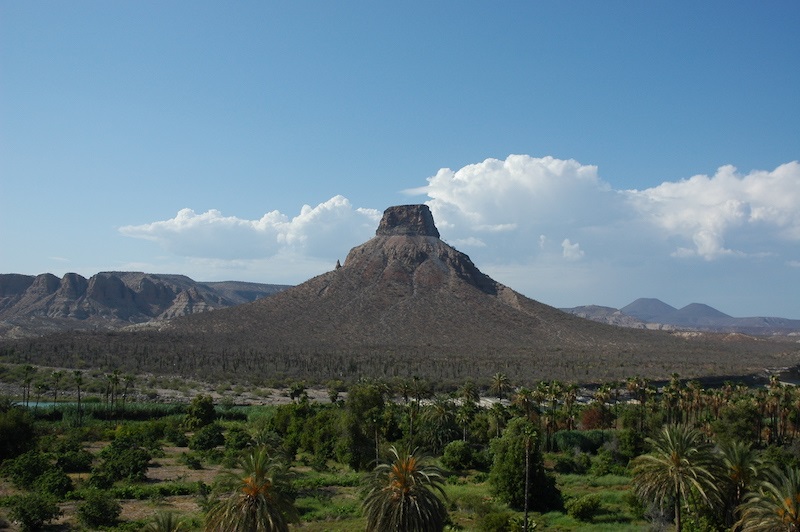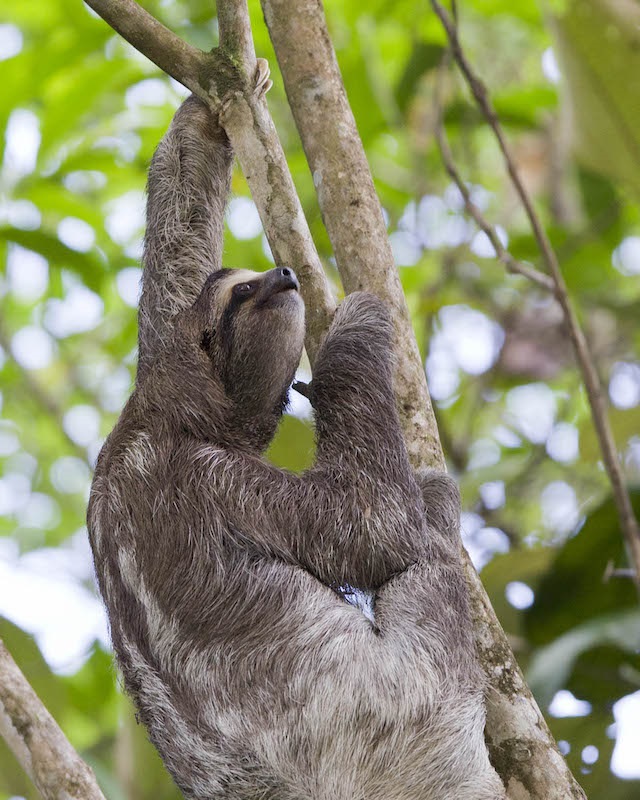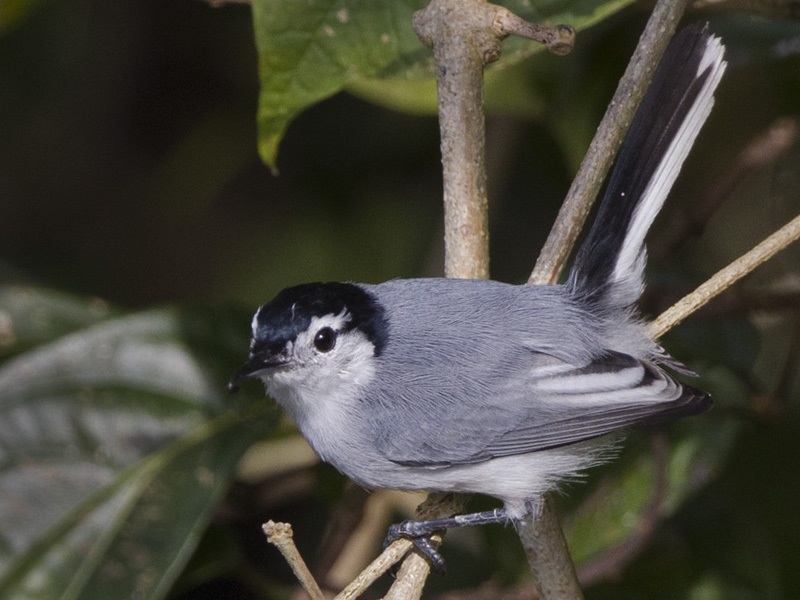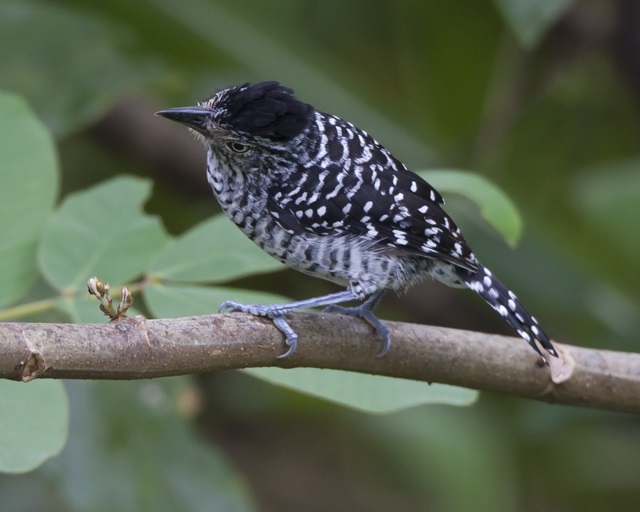
In wildlife terms México is a very rich country due to its geographical conditions and characteristics, there are a wide variety of climates, habitats and ecosystems, which are the home to a unique, wide diversity of flora and fauna. Just to mention some ecosystems there are coastal dunes, mangroves, savannahs, low, medium and high jungle, cloud and rain forests, desert, high mountains, etc, etc.
Due again to its geographical location and wide diversity of ecosystems Mexico is considered as one of the 7 countries with Mega biological diversity occupying the first place in number of reptiles in the world, second place in number of land vertebrates, more than 30,000 of plants, as well as 1,040 different species of birds, of which 125 are endemic and approximately 400 can not be found in USA or Canada. Mexico has more species of birds than the USA and Canada combined.

It is very rich in mammals too with a wide variety of mammal families each with a number of species such as opossums, armadillos, sloths, anteaters, primates and carnivores like ocelot, cougar and jaguar, coyote, foxes wolves and bears as well as many small mammals such as rodents and a huge number of species of bats. Several species of deer, wild pig and goats are possible too with many marine mammals.
Fortunately there have been several studies done on Mexico’s birds, just to mention some important groups there are many macaws and parrots, a wide variety of hawks, wading birds, warblers, vireos, hummingbirds, woodpeckers, owls, etc. Birds that live on the coast are also well represented; there is a big population of flamingos in the Yucatan peninsula, as well as cormorants, pelicans, spoonbills, frigate birds and many more.

Birdwatching in Mexico has been long appreciated by visitors again due to the rich diversity. Some of the best birdwatching is practiced in most of the 116 protected areas Mexico has throughout the country.
With the recent growth of eco-tourism in Mexico birdwatchers have the opportunity to visit many more places than they could before.
Mexico already has some professional companies offering high quality birdwatching trips with serious and experienced local birders who can arrange trips throughout the year. Normally these trips have the extra opportunity of doing cultural activities such as seeing historic sites, enjoying great food and experiencing the high quality service that the people in Mexico give to visitors.
Below are a couple of top sites for general wildlife viewing:
Calakmul Biosphere Reserve (Map)
Calakmul Biosphere reserve is also an area accepted by UNESCO as a natural heritage site. It has more than 1.7 million acres and it is the second largest protected area of Mexico. It is composed basically of a jungle area connecting with the jungle of Guatemala representing the second largest jungle in America after the Amazon.
Calakmul has just recently started to be studied. There is not a lot of information on the reserve and the number of species, nevertheless it is known by the abundance and diversity of species that can be seen in the area. There are several groups working in the area such as WWF and Pronatura. A trip to the reserve early in the morning can provide you with a quite diverse view of bird species as well as other animals of the area.

Siankaan Biosphere Reserve (Map)
Siankaan was established as a Biosphere Reserve in 1986 and incorporated into UNESCO’s list of natural world heritage sites in 1987. Covering more than 1.5 million acres along the central coast of the State of Quintana Roo, it is one of the largest protected areas of Mexico. The reserve is composed equally of semi evergreen tropical forest, wetlands & savannahs and marine habitat.
The Yucatan peninsula has at least 527 bird species in 62 families of which 12 are endemic with 4 subspecies, 2 morphs and 14 hypothetical registers. Siankaan itself is home to more than 345 bird species, including over 1 million wintering migratory songbirds from the US and Canada and the rare Jabiru stork.
The challenge in the area is to promote rational and sustainable use of the natural resources that is compatible with the conservation of the reserve and at the same time beneficial to the local inhabitants; integrating environmental policy into regional development planning.
Zona del silencio (Map)
Zona del silencio is located in Durango and Coahuila in the north of Mexico and is a dessert ecosystem.
Major Source: Fatbirder
Map Source: Googlemaps™
Major Photo Source: ©John Afdem
